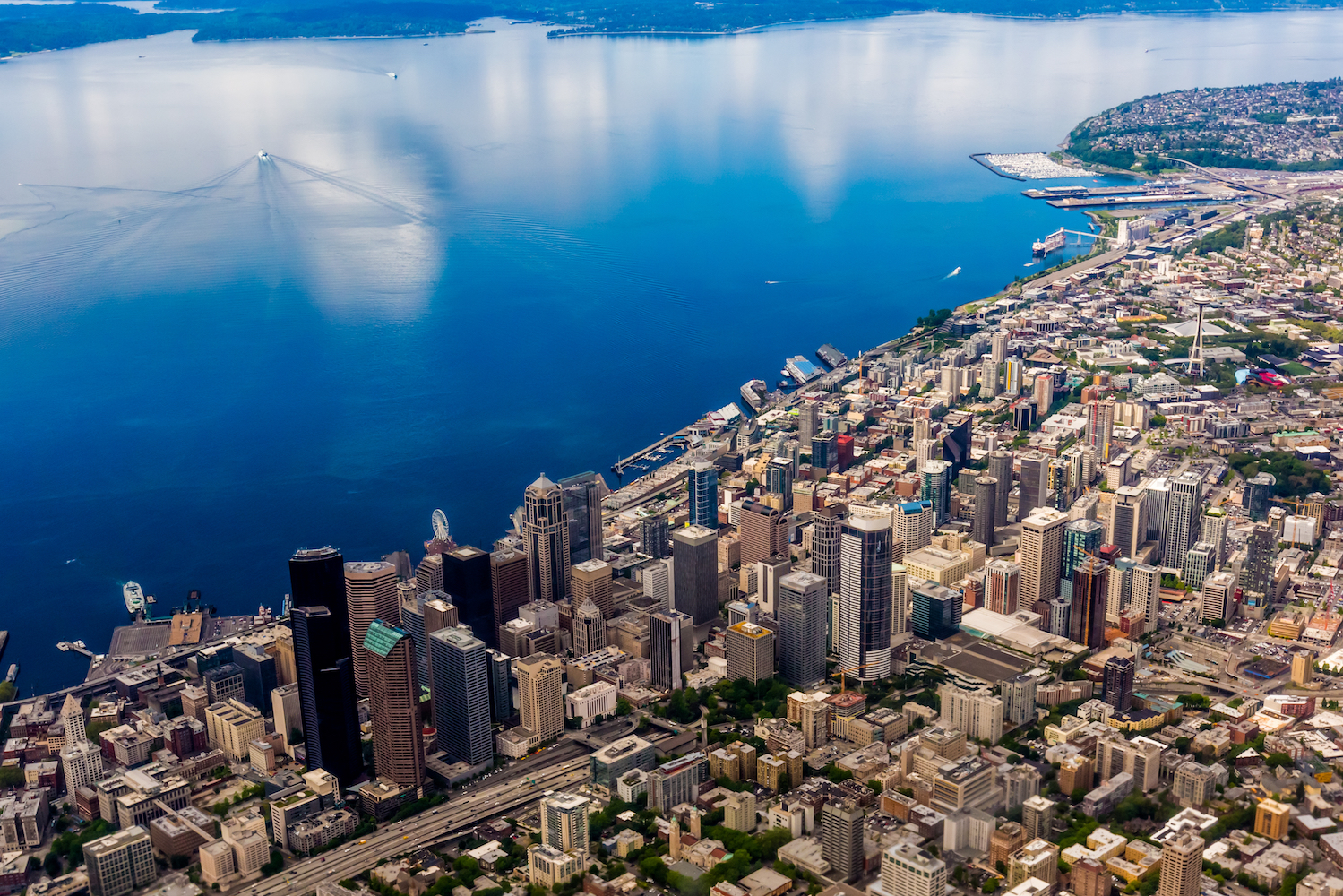
Rising sea levels could disrupt global communications
In as little as 15 years, thousands of fiber optic cables buried beneath large coastal cities like Seattle could soon be submerged under rising sea levels, threatening the internet and global communication.
Researchers from the University of Wisconsin-Madison and the University of Oregon recently conducted a study, the first of its kind, that assessed how the internet would be impacted by climate change.
A complex network of fiber optic cables, the physical internet, carries data to and from your computer in the blink of an eye.
While marine cables transport data between continents, the major coastal hubs where many of our communications converge contain buried but not waterproof cables.
As the threat of rising sea levels increases, it could spell disaster for these crucial fiber optic cables built without consideration to climate change 20 to 25 years ago.
What’s more, the researchers led by Paul Barford, a professor of computer science and physical internet expert, found that thousands of miles of cables will likely be submerged much sooner than previously thought.
“Most of the damage that’s going to be done in the next 100 years will be done sooner than later,” said Barford, “That surprised us. The expectation was that we’d have 50 years to plan for it. We don’t have 50 years.”
For the study, the researchers combined data from the Internet Atlas which is a global map of the physical internet infrastructure with sea-level rise projections from the National Oceanic and Atmospheric Administration (NOAA).
The results show that by 2033, 4,000 miles of buried cables will be underwater and a little over a thousand traffic hubs could be surrounded by water. New York, Miami, and Seattle along with other major coastal cities are most at risk.
Not only could rising sea levels cost millions of dollars in damage and displace hundreds of thousands of residents, this new study shows that it could potentially disrupt global communications.
Major networks like CenturyLink, Inteliquent and AT&T have a higher risk of being affected by rising sea levels according to the researchers.
The researchers also examined mitigation strategies to prevent cables from being submerged but the effectiveness of these strategies is difficult to predict because there are so many unknown factors that need to be considered.
“The first instinct will be to harden the infrastructure,” said Barford. “But keeping the sea at bay is hard. We can probably buy a little time, but in the long run it’s just not going to be effective. This is a wake-up call. We need to be thinking about how to address this issue.”
—
By Kay Vandette, Earth.com Staff Writer













